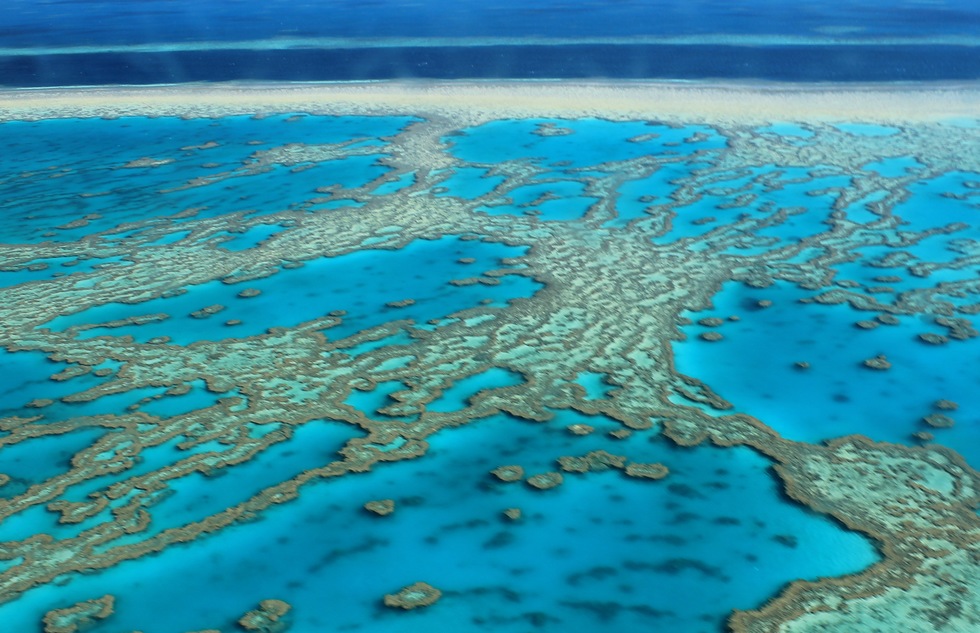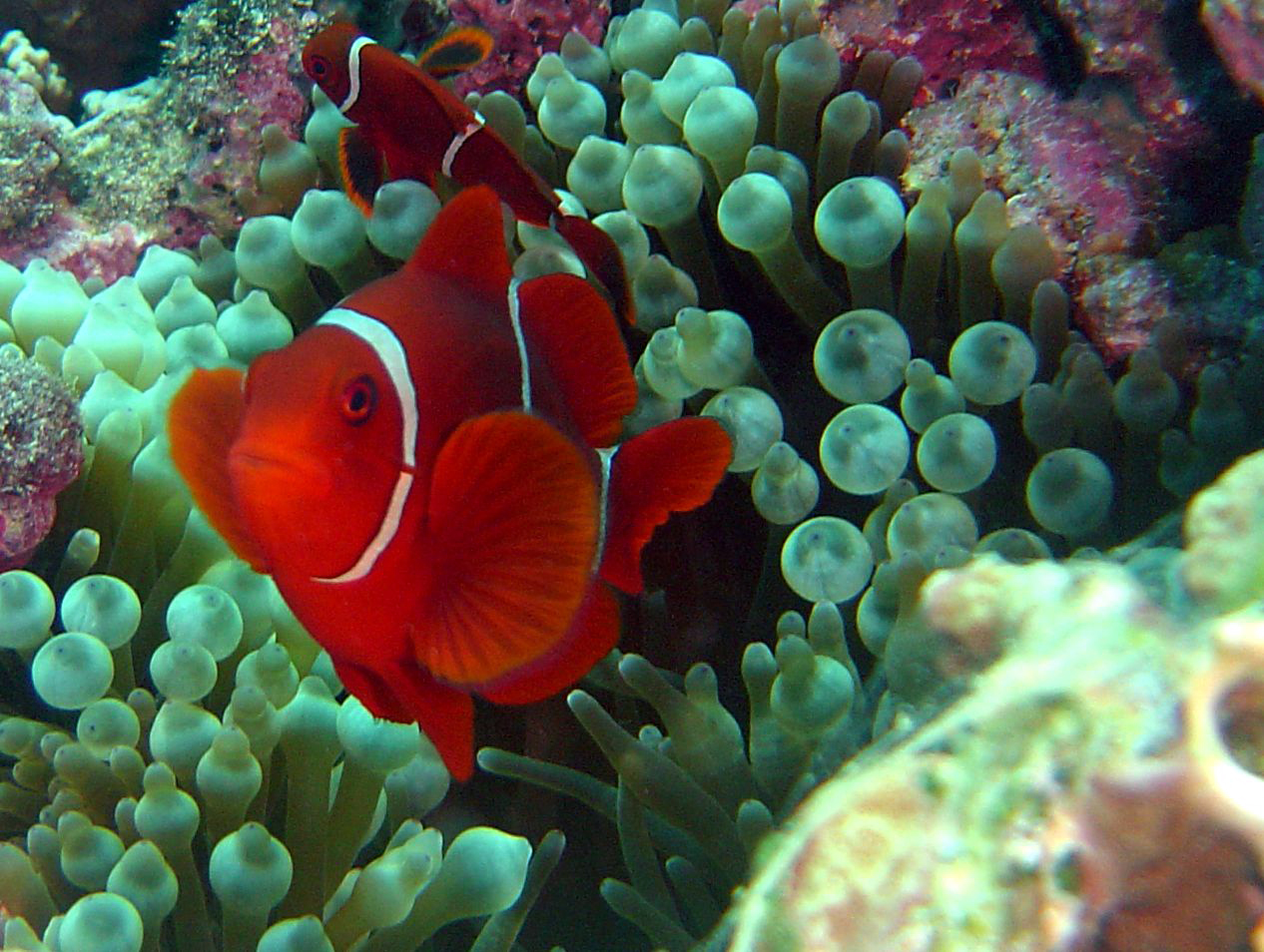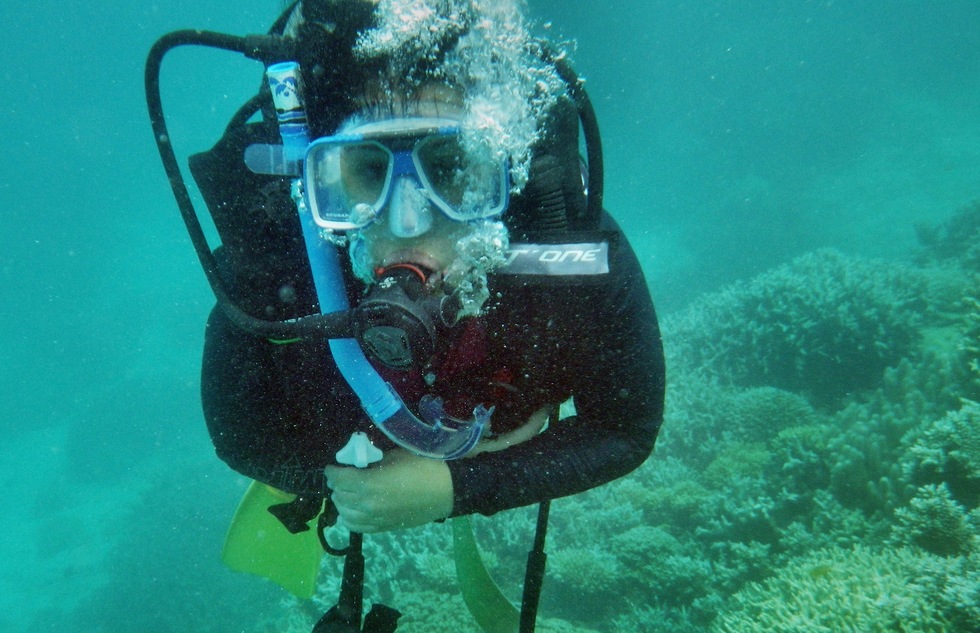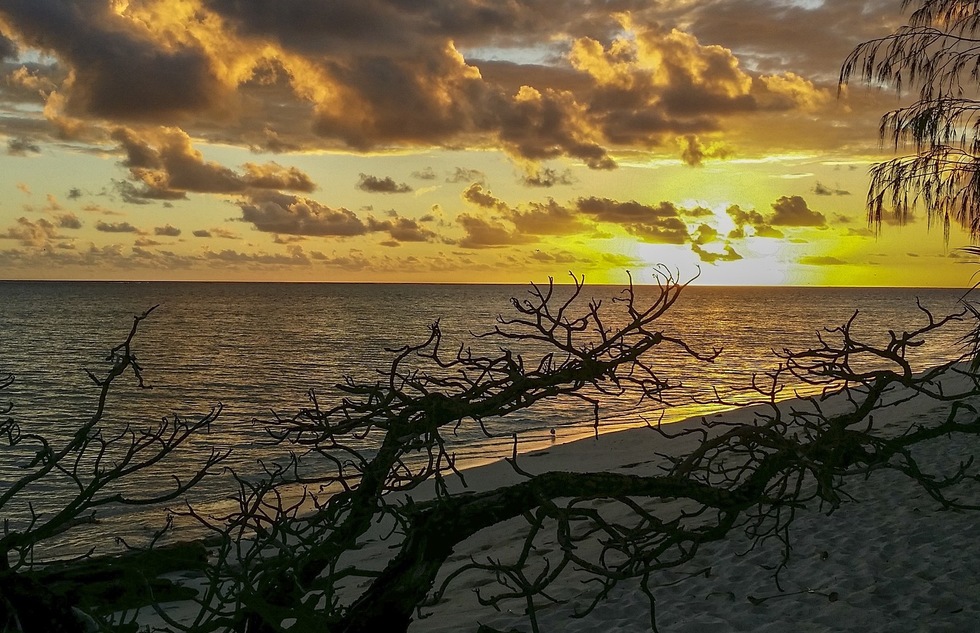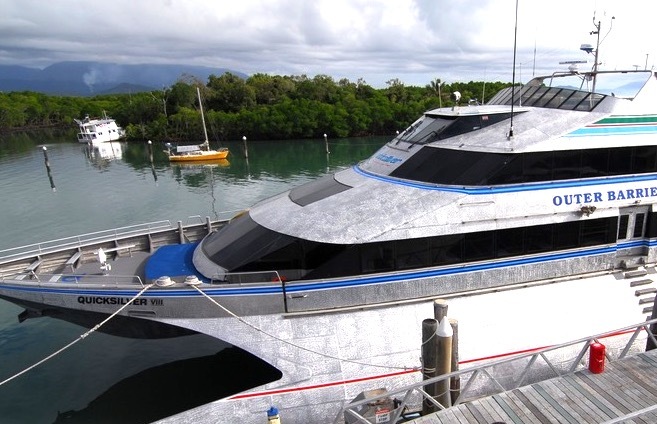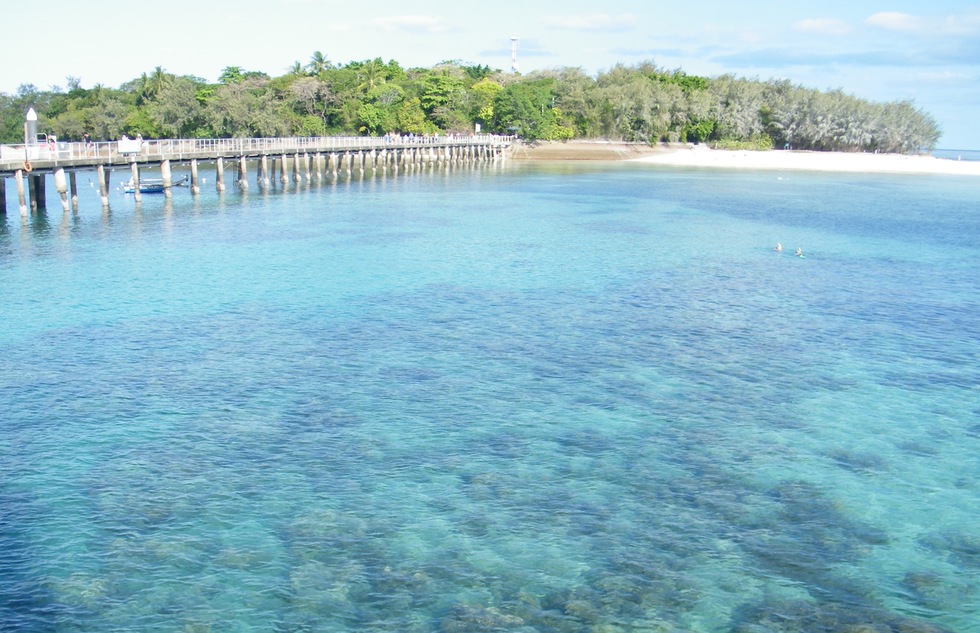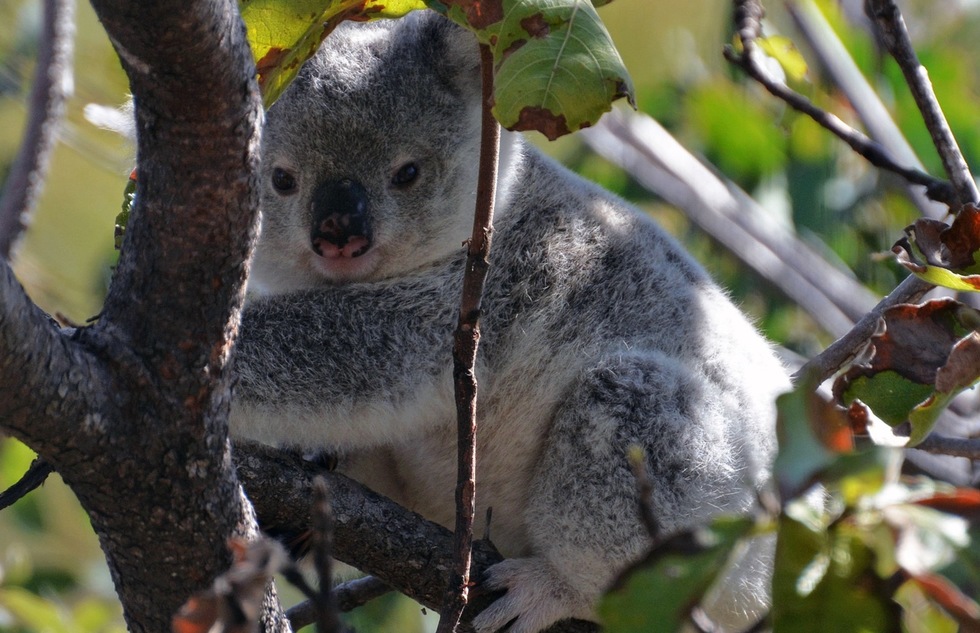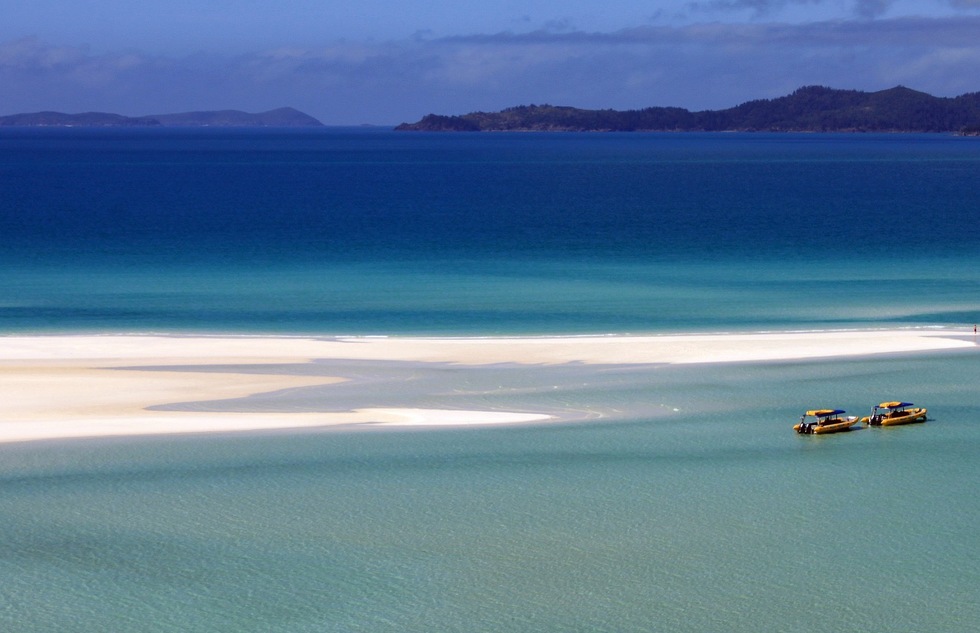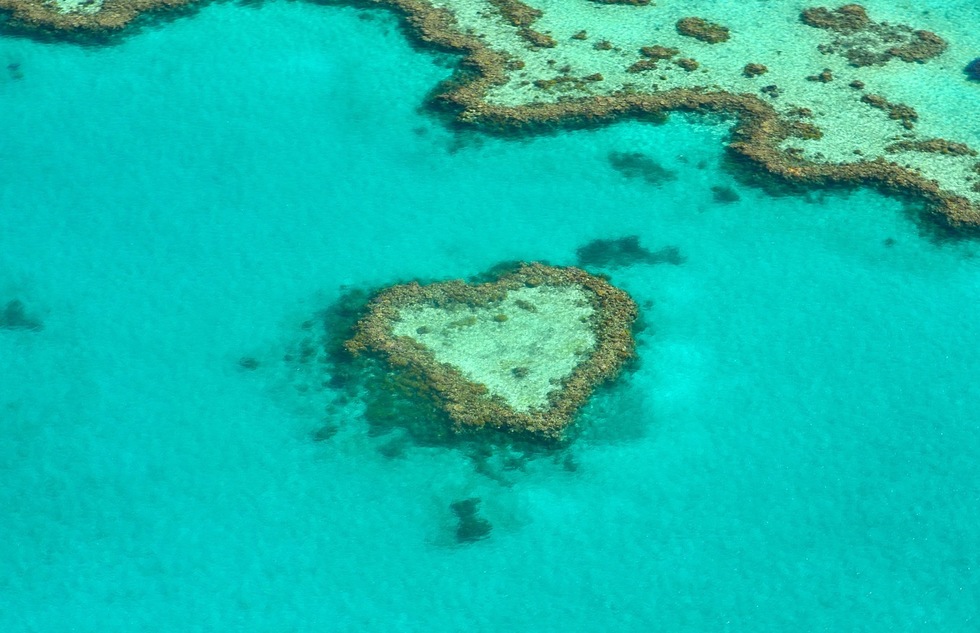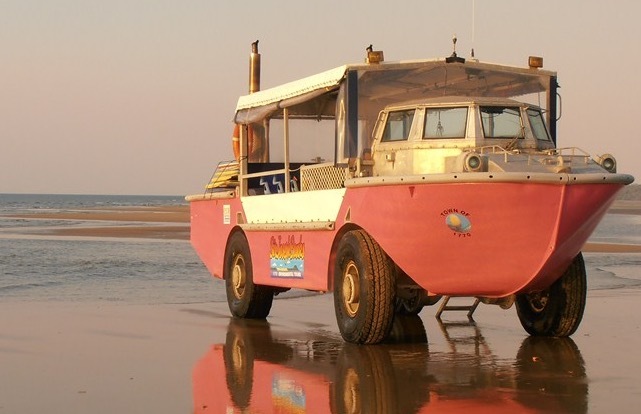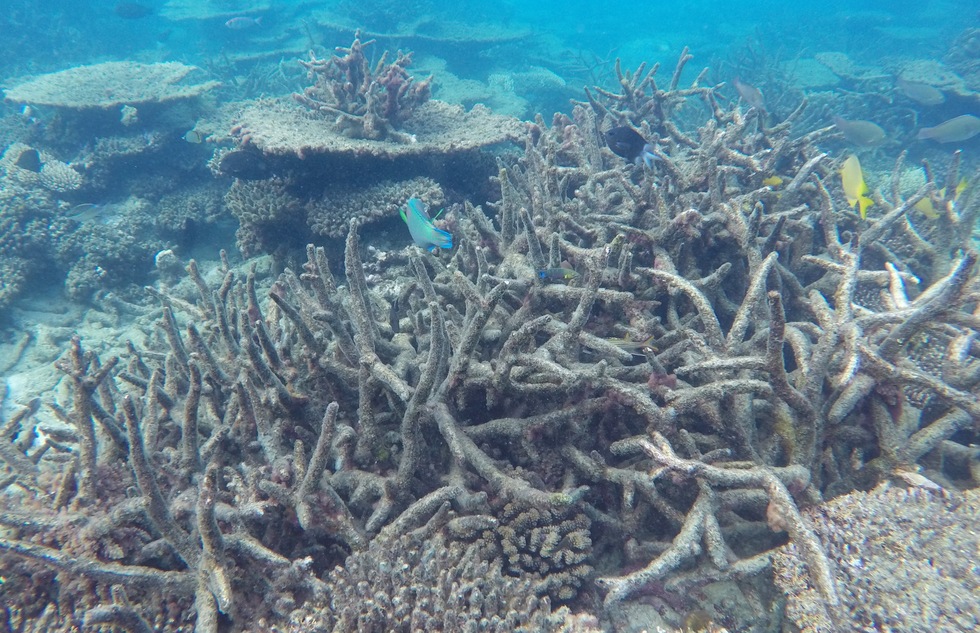Great Barrier Reef Tours: Gateways to Australia's Underwater Wonder
By Frommer's StaffBeneath the aqua blue waters off Australia’s northeastern coast lie the jewels of the deep—1,500 kinds of fish, 400 species of coral, 4,000 kinds of clams and snails, and who-knows-how-many sponges, starfish, and sea urchins. Welcome to the Great Barrier Reef, Australia’s most famous natural attraction and the only living thing on earth that’s visible from the moon. And although climate change and pollution have put it in danger, the 136,000-square-mile wonder remains one of the planet’s most astonishing sights. You can snorkel, dive, ride a semisubmersible, or fly over it. But how? There are many gateways to the Reef along the Queensland coast—and many tours promising up-close access. Here’s what you need to know to have a truly epic experience.
For more advice on planning a trip Down Under, pick up Frommer's EasyGuide to Australia.
Winter—and remember that in the Southern Hemisphere that means June to August—is the high season in Queensland. The water can be chilly by Australian standards, but temps rarely drop below 72 degrees Fahrenheit (22 degrees Celsius). Visit the Great Barrier Reef between April and November for the best underwater visibility, even though southeast trade winds can sometimes result in choppy conditions at sea. From December through March, the weather can get uncomfortably hot and humid.
The rich colors of the coral can be seen best with lots of light, meaning some of the most impressive views are near the surface. That puts snorkelers in prime position to see green and purple clams, pink sponges, red starfish, purple sea urchins, and fish from electric blue to neon yellow. If your reef cruise offers a guided snorkel tour, take it. Most are suitable for beginners and are led by seasoned pros trained by marine biologists.
Of course, the Reef is also great for scuba diving—even if you’ve never done it before. Every major cruise boat and many dedicated dive boats offer introductory dives (“resort dives”) that allow you to go under the waves without certification to a depth of 6m (20 ft.) with an instructor. You’ll need to complete a medical questionnaire and undergo a briefing on the boat. Divers have a lot to choose from: dive boats that make one-day runs to the Outer Reef, boats that offer overnight stays, and live-aboard vessels that make excursions lasting up to a week. A typical five-hour day trip squeezes in two dives. Visit Dive Queensland for the skinny on scuba.
Think carefully about where to base yourself. The main gateways, from north to south, are Port Douglas, Cairns, Townsville, the Whitsunday Islands, Gladstone (for Heron Island, pictured above), and Bundaberg (for Lady Elliot Island). Cairns is the most popular starting point—in no small part thanks to the city’s international airport—but the quality of the coral is just as good off any town along the coast. The Whitsundays have the added attractions of dazzling islands to sail among as well as beautiful resorts with a wealth of water sports and other things to do. You can snorkel every day off your island or join a sailing or cruise day trip to a number of magnificent fringing or inner shelf reefs that are much closer than the main Outer Reef. From most gateways in Queensland, reefs are about 90 minutes away by high-speed catamaran. It takes about an hour more to get there from Townsville.
The waters off Port Douglas are home to dramatic coral spires and swim-throughs at the Cathedrals; giant clams at Barracuda Pass; a village of parrot fish, anemone fish, unicorn fish, and moray eels at the pinnacle of Nursery Bommie; fan corals at Split Bommie; and many other wonders. Without a doubt, the most popular large vessels visiting the Outer Reef are the Quicksilver Wavepiercers (one is pictured above) based out of Port Douglas. These sleek, high-speed, air-conditioned 37m (121-ft.) and 46m (151-ft.) catamarans carry 300 or 440 passengers to Agincourt Reef, 72km (45 miles) from the shore. After the 90-minute trip to the Reef, you tie up at a two-story pontoon for 3.5 hours. Other options include an excursion to three Outer Reef sites aboard the dive boat Poseidon (snorkelers welcome) or, closer to shore, a laid-back day on the Low Isles, located 15km (9.5 miles) northeast of Port Douglas. These lush specks are surrounded by white sand and 54 acres of coral.
For an introduction to the Great Barrier Reef, most visitors take one of the large-scale tour boats from Cairns. These motorized, air-conditioned, bar-equipped catamarans can carry up to 300 passengers each and tie up at their own private pontoons anchored to a platform reef. A less crowded alternative is to go on one of the many smaller boats that carry no more than 20 passengers and typically visit two or three Reef sites rather than just one.
Most day-trip fares include snorkel gear—including fins, mask, and wetsuits in winter—free use of the pontoon’s underwater viewing chambers and glass-bottom-boat rides, as well as a plentiful buffet lunch and refreshments. Diving is usually an optional activity for an extra fee. Some of our favorite tours from Cairns: intimate motor cruises and sailing excursions aboard Ocean Freedom or Ocean Free to spots such as Upolu Cay and Green Island (pictured above); Ocean Spirit Cruises’ 32m (105-ft.) luxury sailing catamaran, which ferries up to 150 guests to the white sands of Michaelmas Cay; and Tusa Dive, whose custom-built 24m (72-ft.) vessel takes passengers to two dive sites from a choice of 15 locations on the Outer Reef.
Most boats visiting the reef from Townsville are live-aboard vessels that make trips lasting 2 or more days. In other words, they’re designed for serious divers only. Still, there are day trips to be found. Adrenalin Snorkel & Dive, for one, operates excursions on which you can make introductory dives, all gear included. The price includes lunch, morning and afternoon tea, and snorkel gear. Cruises depart Townsville with a pickup along the way at Magnetic Island (home to a population of koalas like the one pictured above). The company also runs day trips to the wrecked Yongala, a passenger ship that went down in 1911.
Cruise Whitsundays makes daily trips to Hardy Reef in a high-speed, air-conditioned catamaran. The boat has a bar, and a biologist gives a marine ecology talk en route. You anchor at the massive Reefworld pontoon, which was built to hold up to 600 people, and spend up to 3.5 hours on the reef. A unique experience is Cruise Whitsundays’ Reefsleep, which involves spending the night on the pontoon. You travel with the day-trippers, but when they leave in the afternoon, you stick around, with a maximum of nine people. This gives you a fabulous chance to snorkel in the evening when the coral is luminescent in the moonlight. Later, you sleep on the upper deck under the stars in a swag (a type of outdoor sleeping bag). Additionally, there are many excellent dive sites close to the shores of the Whitsundays. Mantaray Charters, based at Abell Point Marina, runs day tours to Whitehaven Beach, with diving opportunities near Hayman Island and Hook Island.
An iconic image of the Great Barrier Reef is the stunning heart-shaped reef called, yes, Heart Reef. But this is not a spot you can visit up close; it’s protected by law and you can neither swim nor snorkel there. It’s still possible to see it from the air, though—which happens to be ideal for making out the heart shape. Many helicopter and seaplane options will help you snap that perfect photograph (or even pop the question mid-air). A 1-hour seaplane tour from Air Whitsunday should work nicely. Some flights touch down near a reef pontoon for a couple of hours of snorkeling.
Off the stretch of the Queensland coast between Gladstone and Bundaberg lies the southernmost part of the Great Barrier Reef, where you’ll find the spectacular Heron Island. The reefs here are a source of enchantment for underwater explorers, who can make use of 21 different dive sites. In summer, large turtles lumber ashore to nest on the beaches. In the town of 1770 (named after the year Captain James Cook made his second Australian landing here), the 1770 LARC! Tours feature rides on a bright pink amphibious craft (pictured above) that gives access to coastal lands and waterways while guides provide entertaining commentary. Another way of getting out on the water is on a kayak tour with 1770 Liquid Adventures. You might spot dolphins or enjoy the company of the owners’ golden labrador, who rides in the lead kayak.
In recent years, parts of the Great Barrier Reef have been affected by changing environmental factors that cause coral to degrade and, in some cases, die. One of the major problems is coral bleaching (seen above), caused by heat stress resulting from rising sea temperatures. Other stressors that can cause bleaching are low salinity due to freshwater inundation, and poor water quality from sediment or pollutant runoff from agriculture, mining, and other coastal development. Tour operators are well aware of the best places to see healthy coral, so you can still have the experience you expect—but of course, things can change in a relatively short time. Get here while you can still see some of the glory of the reef.
For more great ideas for planning a trip to the Great Barrier Reef and the rest of Australia, pick up Frommer's EasyGuide to Australia.





